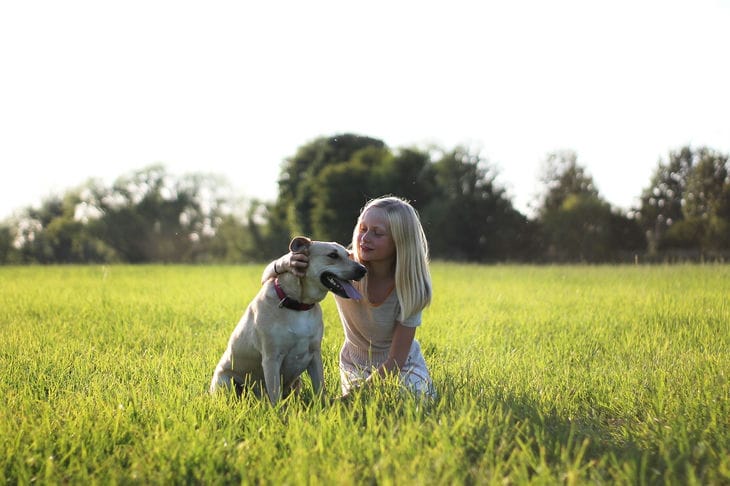What could be better than a child growing up with a dog?
It is a unique and amazing experience for both.
Always remember about the safety of both the child and the animal. Today, dog trainer Diana Belyaeva will share recommendations that will help prevent potential danger.
Before buying a puppy, teach your child how to handle a dog properly. This is the first and most important step for safety.
What not to do:

1. Bring your face close to the dog’s head, kiss and hug it.
2. Make sudden movements and shout near the animal, run around it.
3. Waking the dog when it is sleeping.
4. Grabbing by the ears, tail, and also sitting on top.
5. Put your hands in the mouth.
6. Take away bones and toys.
7. Touch the bowl or interfere with the dog’s eating.
8. Throw something at the dog.
9. Hold the dog, hang over it, look into its eyes for a long time.
10. Pat on the back, kick, hit, etc.
With the above actions, the dog may get scared and start to defend itself, which can lead to bites and scratches. I recommend parents to read the book by T. Rugos "Reconciliation signals", you will find a lot of useful information in it.
Observe the interaction between the child and the dog. It is important that an adult (the pet's guardian) is always nearby. This will prevent potentially dangerous situations. Teach the child that communication with the dog always takes place under your supervision.
Explain to children that if the dog is tired, tense, scared, then it is better to leave it alone. The following signals indicate this: licking the nose, turning away the head, pressed ears, baring teeth.
Contact a dog behaviorist. He will conduct the socialization process and introduce the child to the animal. Never leave a small child alone with a dog!
Even the kindest and friendliest dog can bite. There are no breeds that do not bite. Remember that biting is a natural, species-typical behavior for dogs.
You can do this:
1. Approach the dog calmly, without making any sudden movements.
2. Speak to her in a calm tone.
3. Sit sideways to her.
4. Stroke the dog behind the ears, on the neck, and on the sides.
5. If the dog wants to leave, do not hold it back.
6. Feed the dog together with the child.
7. Play calm and safe games.
Previously, we talked about whether it is possible to feed a dog and a cat the same food.









